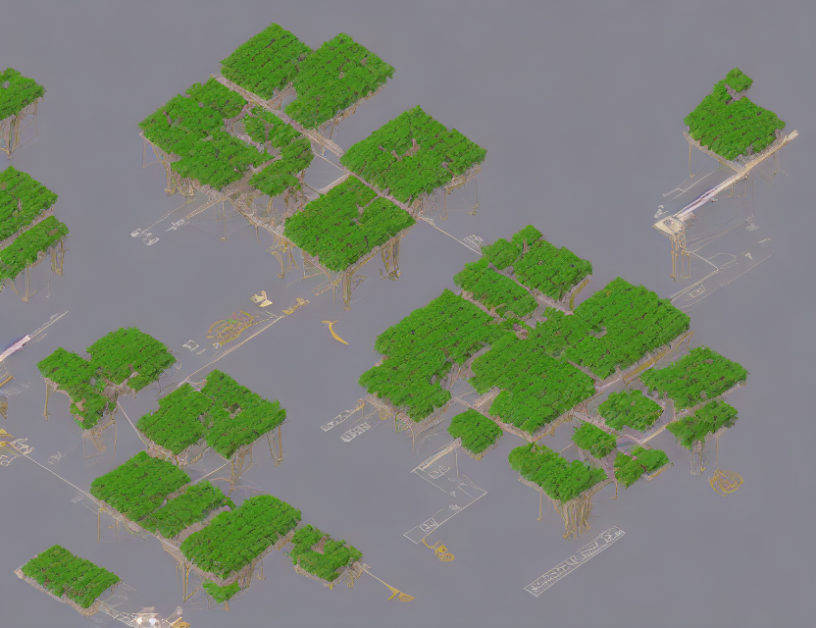In this paper, the authors explore the space complexity of extracting patterns from time series data. They consider two aspects of space complexity: the number of possible extracted words and the number of receptive fields. The former is exponential in the length of the word, the alphabet size, and the number of points, while the latter is limited by the number of receptive fields.
The authors propose a heuristic to reduce the effective space complexity by at least one order of magnitude compared to the theoretical maximum. They show that the empirical space complexity is linear with respect to the number of points and very close to the product of the number of features, cardinality of the receptive fields, and the density of the borf representation.
The authors also discuss related work and competitors in the field, including other approaches for representing time series data and their efficiency as the number of features increases. They highlight that models developed for this kind of representation tend to be more efficient as the number of features increases, exploiting the decreasing proportion of non-zero elements in the input matrix.
Overall, the paper provides a detailed analysis of the space complexity of extracting patterns from time series data and proposes an efficient heuristic for reducing the effective space complexity. The authors demonstrate the effectiveness of their proposal through experimental results.
Computer Science, Machine Learning
Algorithm for Incremental Learning of Bag-of-Receptive-Fields for Time Series Extrinsic Prediction



